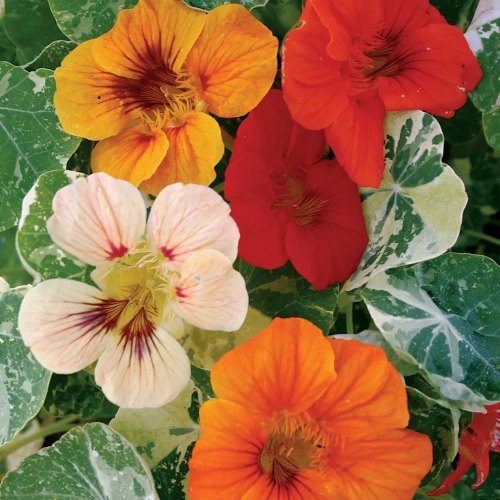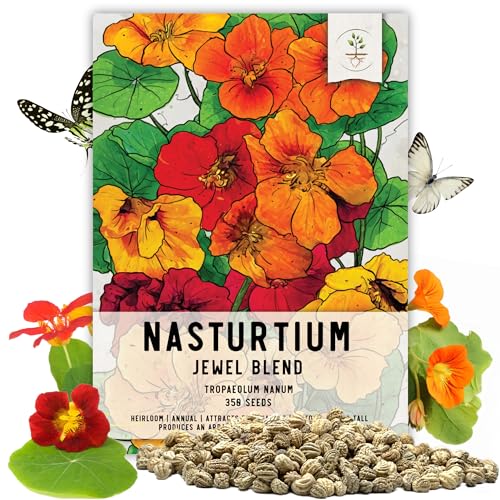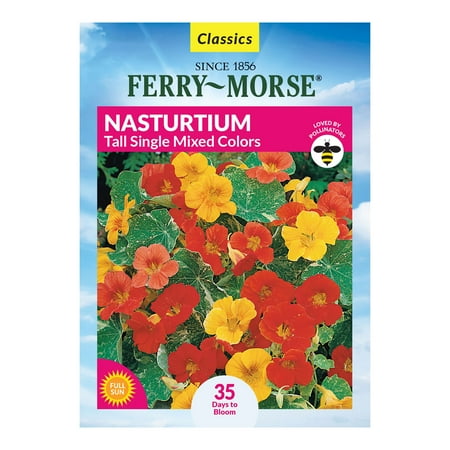This one plant can reduce pest problems in 3 ways – a horticulturist reveals exactly how it will help you grow better-than-ever vegetables
It is time to be amazed by all the benefits that come from planting this edible flower for pest control


If you are looking for a natural and easy to grow plant for pest control, nasturtiums tick all the boxes. These fast-growing, ornamental plants look great and are perfect for companion planting.
When you grow nasturtiums for pest control, you benefit in three ways. They repel certain pests, act as a trap crop for others, and attract beneficial insects, which can control pest populations for you.
I used nasturtiums for beneficial companion planting when working professionally in kitchen gardens. Not only are nasturtiums bright, attractive plants, but they also help to control pests, plus all parts of them are edible - what is not to love?
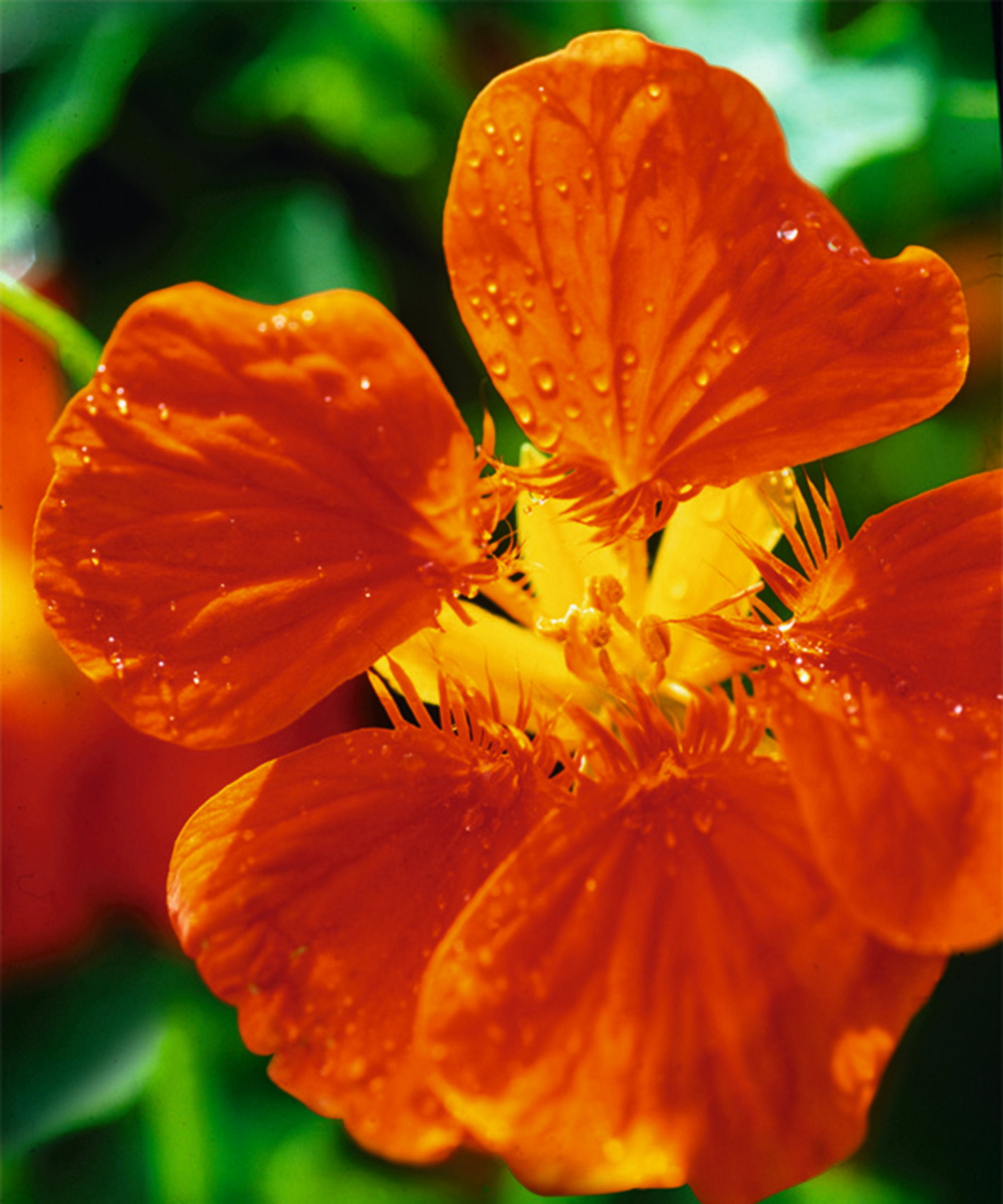
Why you should use nasturtiums for pest control
Nasturtiums are multi-purpose plants that can offer several different forms of pest control. I look at each to reveal how highly effective it can be to use nasturtiums for pest control and how the flowers can reduce the need for chemical pesticides.
1. Nasturtiums repel pests
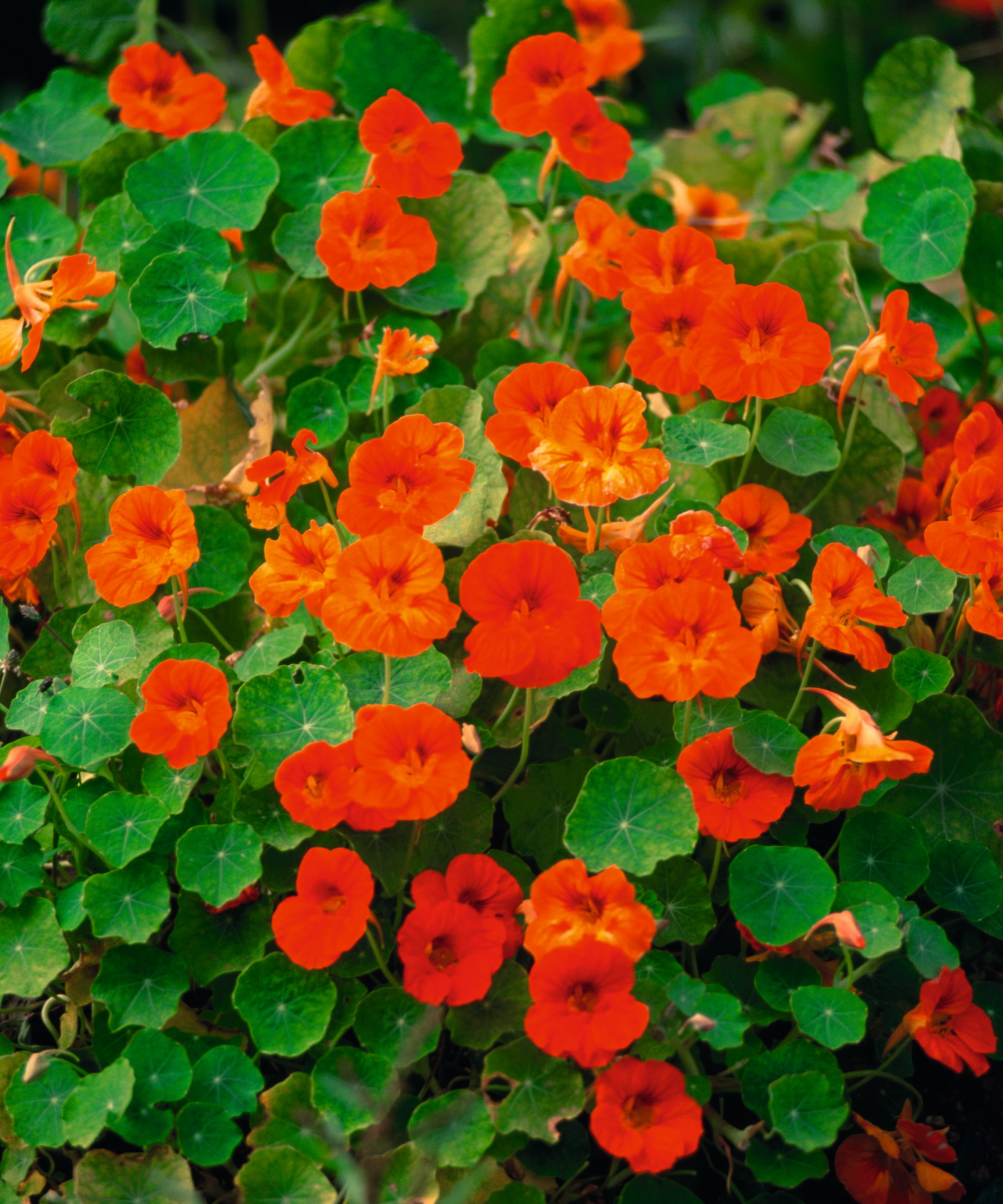
The first question many people will ask is, do nasturtiums repel pests? The answer is yes; nasturtiums have a spicy scent that can confuse and deter certain troublesome pests.
Cucumber beetles, squash bugs, cabbage loopers and worms, Mexican bean beetles, and Colorado potato beetles can all be deterred by planting nasturtiums near crops they affect.
All of these pests, among others, can be repelled by the distinctive scent of nasturtiums. This peppery scent of this pest repellent plant masks the aroma of the crops they seek, preventing pests from discovering plants and potentially destroying them.
Design expertise in your inbox – from inspiring decorating ideas and beautiful celebrity homes to practical gardening advice and shopping round-ups.
2. Nasturtiums make excellent trap plants

Nasturtiums make ideal trap plants for pest control. They can draw pests away, including aphids, flea beetles, green flies, whiteflies, fruit borers, and more.
Whether you want to get rid of aphids on roses or a natural way to stop whiteflies on veg crops, nasturtiums can tempt unwanted pests away from more valuable plants.
Using nasturtiums as sacrificial plants helps you monitor pest infestations. It is also easier to control pests if they are focused on the trap plant. The nasturtiums can be treated with insecticidal soap or a homemade bug spray to deal with the pest problem, or the plant completely removed.
3. Nasturtiums attract beneficial insects
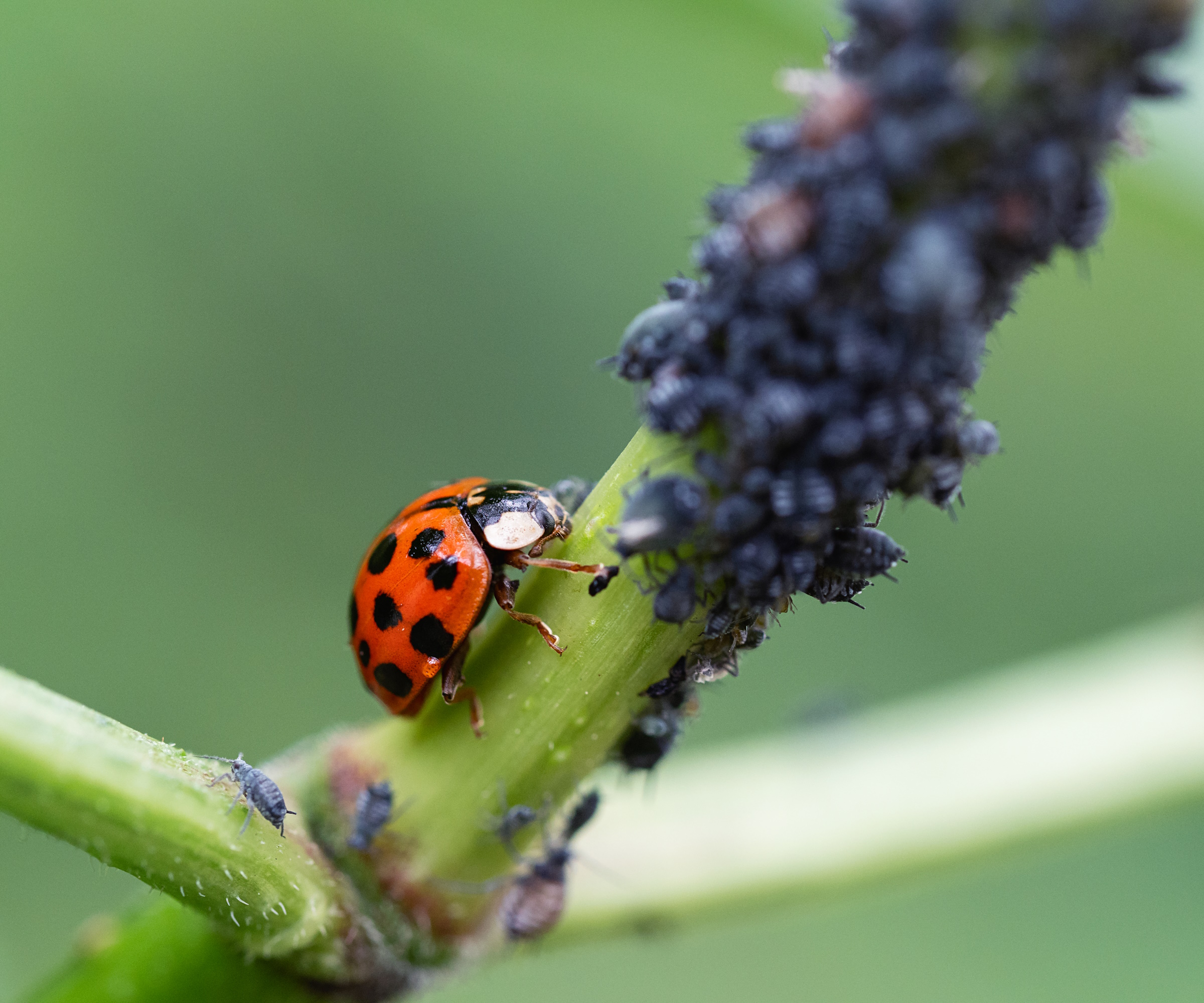
The third helping hand that comes from using nasturtiums for pest control is their ability to attract a range of beneficial insects.
The likes of hoverflies, ladybugs, lacewings, and beneficial wasps will all flock to the colorful blooms, while also sticking around the garden to manage populations of aphids, thrips, mealybugs, caterpillars, and whiteflies.
As well as eating pests, beneficial insects and pollinators like bees and hummingbirds are attracted to the sweet nectar of nasturtiums and can promote pollination among nearby crops.
How to use nasturtiums for pest control

Nasturtiums are particularly great companion plants for many vegetable garden staples, including broccoli, brussels sprouts, cabbages, kale, zucchini, cucumbers, pumpkins, squash, beans, peppers, eggplant, and tomatoes.
In addition, they are beneficial when you grow roses, which are renowned for being susceptible to aphids, and fruit trees.
Nasturtiums are one of the easiest flowers to grow from seed, or you can purchase plants from garden centers or nurseries during the growing season. Plant nasturtium seeds in spring or early summer, either indoors for earlier flowers or outdoors after the last frosts.
Location is important when using nasturtiums for pest control. It is best to plant nasturtiums around five to six feet away. Any closer, and there is the risk of the insects simply hopping over from the trap plants to the more valuable ones you are attempting to protect.
Whether you plant a border of nasturtiums, grow them in containers, or try intercropping them to stop pests from troubling precious crops, keep the nasturtiums close by but not too close.
Shop nasturtiums for pest control
FAQs
Do nasturtiums repel slugs?
Slugs and snails will not eat the foliage of nasturtiums and are repelled by the plants due to the texture and aroma. Planting them around crops can stop slugs destroying plants, however, they need to be used alongside other slug control methods. For example, using rough surfaces or beer traps in conjunction with highly aromatic plants can help to get rid of slugs.
Another fantastic companion plant for vegetables that also deters pests and attracts beneficial insects and pollinators are marigolds.
When you grow marigolds, their strong scent can repel lots of pests, including cabbage moths, tomato hornworms, squash bugs, and Mexican bean beetles.
If you want to plant marigolds in a vegetable garden as a form of natural pest control, French marigolds are the superior type and they can be planted between crops, around beds, or in a greenhouse to protect heat-loving plants.

Drew has worked as a writer since 2008 and was also a professional gardener for many years. As a trained horticulturist, he worked in prestigious historic gardens, including Hanbury Hall and the world-famous Hidcote Manor Garden. He also spent time as a specialist kitchen gardener at Soho Farmhouse and Netherby Hall, where he grew vegetables, fruit, herbs, and cut flowers for restaurants. Drew has written for numerous print and online publications and is an allotment holder and garden blogger. He is shortlisted for the Digital Gardening Writer of the Year at the 2025 Garden Media Guild Awards.
